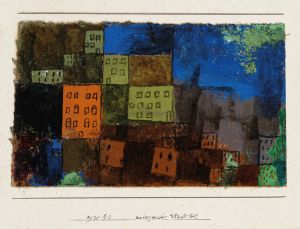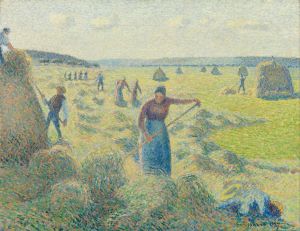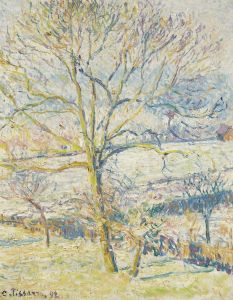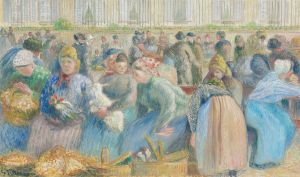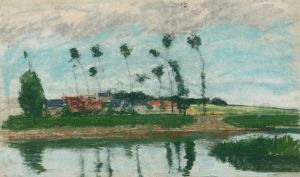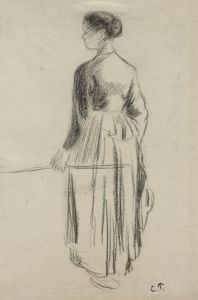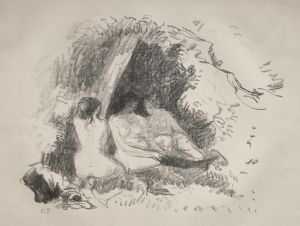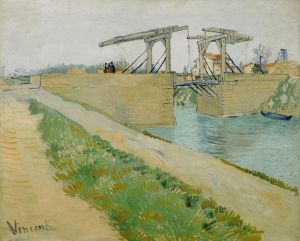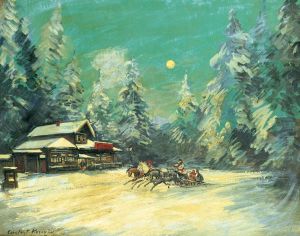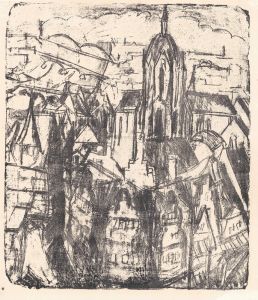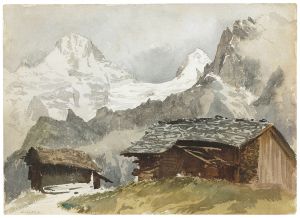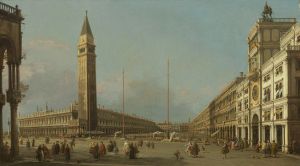
Rue Des Roches Au Valhermeil, Auvers Sur Oise
A hand-painted replica of Camille Pissarro’s masterpiece Rue Des Roches Au Valhermeil, Auvers Sur Oise, meticulously crafted by professional artists to capture the true essence of the original. Each piece is created with museum-quality canvas and rare mineral pigments, carefully painted by experienced artists with delicate brushstrokes and rich, layered colors to perfectly recreate the texture of the original artwork. Unlike machine-printed reproductions, this hand-painted version brings the painting to life, infused with the artist’s emotions and skill in every stroke. Whether for personal collection or home decoration, it instantly elevates the artistic atmosphere of any space.
"Rue Des Roches Au Valhermeil, Auvers Sur Oise" is a painting by the renowned French artist Camille Pissarro. Pissarro, born on July 10, 1830, in the Danish West Indies, was a pivotal figure in the Impressionist movement. He is known for his contributions to both Impressionism and Post-Impressionism, and his works often depict rural and urban French life.
This particular painting, "Rue Des Roches Au Valhermeil, Auvers Sur Oise," was created in 1873. It captures a street scene in the village of Auvers-sur-Oise, a commune in the northwestern suburbs of Paris, France. Auvers-sur-Oise is famously associated with several other notable artists, including Vincent van Gogh, who spent his final months there.
The painting showcases Pissarro's characteristic style, which includes a keen observation of light and atmosphere, as well as a focus on everyday life. In "Rue Des Roches Au Valhermeil, Auvers Sur Oise," Pissarro employs a palette of earthy tones and soft, diffused light to depict the quiet charm of the rural village. The composition features a winding street flanked by rustic buildings and lush greenery, inviting viewers into the tranquil setting.
Pissarro's technique in this painting reflects his dedication to plein air painting, a method of painting outdoors to capture the natural light and environment directly. This approach was central to the Impressionist movement, which sought to portray the fleeting effects of light and color in the natural world. Pissarro's brushwork in "Rue Des Roches Au Valhermeil, Auvers Sur Oise" is loose and fluid, contributing to the overall sense of immediacy and spontaneity.
The historical context of this painting is significant as it was created during a period of great innovation and experimentation in the art world. The early 1870s were a time when Pissarro, along with other Impressionists like Claude Monet, Pierre-Auguste Renoir, and Alfred Sisley, were developing their distinctive styles and challenging traditional academic art conventions. Their work was often met with resistance from the established art institutions, but they persisted in their pursuit of new ways to represent modern life.
"Rue Des Roches Au Valhermeil, Auvers Sur Oise" is an excellent example of Pissarro's ability to convey the serene beauty of rural France. His attention to detail and his skillful rendering of light and shadow create a sense of depth and realism that draws the viewer into the scene. The painting is a testament to Pissarro's mastery of landscape painting and his contribution to the Impressionist movement.
Today, Camille Pissarro is celebrated as one of the founding figures of Impressionism, and his works are held in high regard by art historians and collectors alike. "Rue Des Roches Au Valhermeil, Auvers Sur Oise" remains an important piece within his oeuvre, exemplifying his artistic vision and his dedication to capturing the essence of the French countryside.





